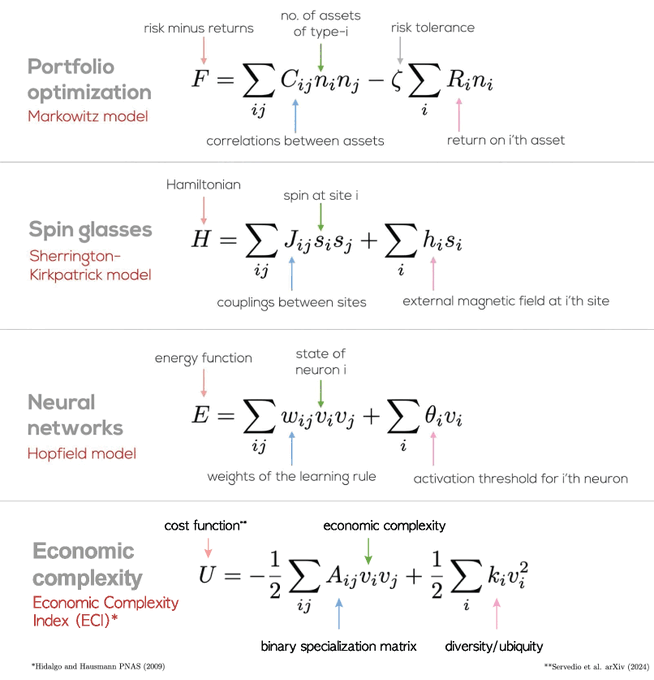Given that we assume the effect of revision is conditional on the nature of that revision, it's not clear to me what "DAIR vs. Revision" means for late infection silo,
Just thinking through it for myself...
The options are:
- A = DAIR -> B = 12w
- A = Revision(one) -> B in {12w, 6w}
- A = Revision(two) -> B in {12w, 7d}
- C in (no rifampicin, rifampicin)
Currently, (just focusing on surgery/duration, and making 12w the reference for all groups rather than 7w/6d) cell parameters as specified in the model are:
$$
\begin{matrix}
\text{DAIR} \
\text{Revision(one), 12w} \
\text{Revision(two), 12w} \
\text{Revision(one), 6w} \
\text{Revision(two), 7d}
\end{matrix}
\begin{pmatrix}
\alpha \
\alpha + \beta_A \
\alpha + \beta_A \
\alpha + \beta_A + \beta_{B1} \
\alpha + \beta_A + \beta_{B2}
\end{pmatrix}
$$
So, effect of one-stage + 12 w assumed equal to the effect of two-stage + 12w, then revision type specific deviations from those. And "DAIR vs Revision" (beta_A) is really DAIR vs. weighted average of one-stage 12w and two-stage 12w, i.e. ignores the duration options.
I'm guessing this is the only randomised comparison we can make: a weighted average of one/two + 12w is the "default" revision.
As an alternative, I assume it's plausible that one-stage 12w and two-stage 12w differ due to clinician selection of one/two stage. So there may be preference (or maybe it just makes things messy) to have something like
$$
\begin{matrix}
\text{DAIR} \
\text{Revision(one), 12w} \
\text{Revision(two), 12w} \
\text{Revision(one), 6w} \
\text{Revision(two), 7d}
\end{matrix}
\begin{pmatrix}
\alpha \
\alpha + \beta_{A1} \
\alpha + \beta_{A2} \
\alpha + \beta_{A1} + \beta_{B1} \
\alpha + \beta_{A2} + \beta_{B2}
\end{pmatrix}
$$
Noting that \beta_{A1} and \beta_{A2} aren't "causal" in the sense that any differences could just be due to selection bias rather than differences in effectiveness of one/two stage.
The effect of revision versus DAIR will depend on what "revision" means. We can't just compare one-stage 12 weeks to DAIR vs 12 weeks because surgeon's choose who gets one-stage. Only comparison that seems to make sense is weighted combination of one/two stage, with weight as observed in the trial. I think that comparison makes sense, but maybe not.
Assume that $$p_{A1}$$ is the proportion randomised to revision who are selected to receive one-stage and $$1 - p_{A1}$$ the proportion selected to receive two-stage. Then the comparison for any revision versus DAIR might be taken to mean
$$
p_{A1}(0.5\beta_{A1} + 0.5(\beta_{A1} + \beta_{B1}))\ + (1 - p_{A1})(0.5\beta_{A2} + 0.5(\beta_{A2} + \beta_{B2}))
$$
which just explicitly allows for the differences. Or some other combination of groups, where we assume that selection of one/two stage in the trial is the same in the population. Presumably though there are issues in interpreting such a comparison as "causal", unless also adjust for factors determining one/two stage selection.
The \beta_{A1} and \beta_{A2} are necessary for estimation of the duration effects, unless willing to assume no differences between one/two stage 12w.


